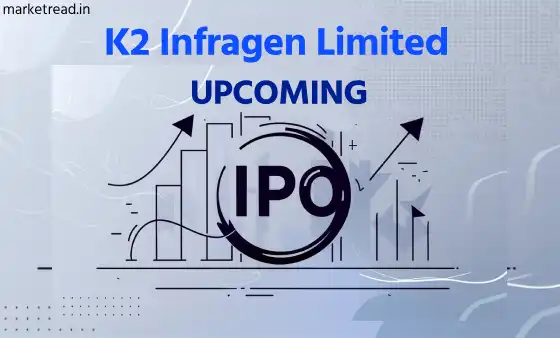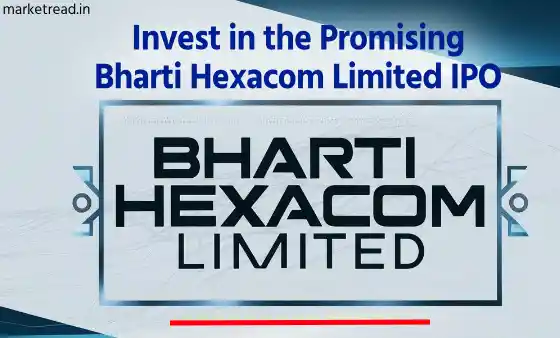Dividend Yield: Investing in the stock market is fine, but if you want regular income, dividend-yield stocks can be your best bet. The dividend yield is the magical number that tells you how much dividend (share of the company’s profit) you will get every year from the stock you bought. But it is not that simple – high yield is not always good, and low yield is not always bad. So, let me explain the whole matter of dividend yield to you. How much yield is right, what is the difference between dividend and yield, and how does it work? I will cover all of it here.
Dividend and Dividend Yield: What is it?
First, the basics. The dividend is the money that the company pays to the shareholders from its profit. Suppose you bought 100 shares of XYZ company, and the company declared a dividend of ₹ 5 per share. So you will get ₹ 500. Simple!
- Dividend: It is the real cash or shares that the company gives you. Example – ₹5 per share.
Now, dividend yield? It is a ratio that tells how much dividend the company is giving every year according to its stock price. The formula is:
Dividend Yield (%) = (Annual Dividend per Share / Current Share Price) × 100
Suppose the share price of XYZ company is ₹100, and it gives a dividend of ₹5. So the yield will be:
(5 / 100) × 100 = 5%. That is, you will get a 5% return every year only from dividends.
- Dividend Yield: It is a percentage that tells how much your return is according to the share price. Yield keeps changing with the share price – price falls, yield increases; price rises, yield decreases.
What is the difference in Dividend and Dividend Yield?
The dividend is a fixed amount declared by the company. Yield depends on the market price. If you are a long-term investor, look at the growth of dividends. If you want short-term income, look at stocks with high yield, but check the risk.
How much dividend yield is good?
Now the question is, how much yield is considered good? Brother, it depends on your investment goals and market conditions. But generally:
- 2% to 6%: This range is considered good in India. Stable, large companies (like Coal India, ITC) give yield in this range. Low risk, regular income.
- Above 6%: High yield sounds fun, but be careful! Sometimes, high yield means that the stock price of the company is falling or the company is in financial trouble. For example – Jagran Prakashan (6.12% yield) or Vedanta (high yield). Don’t invest without checking their financials.
- Less than 2%: Low yield means the company is reinvesting profits, like tech stocks (TCS, Infosys). If you want growth, this is fine, but not for regular income.
- Don’t look at the yield alone. Check the company’s dividend payout ratio (how much profit is being paid out in dividends), cash flow, and dividend history. Companies with a 50-70% payout ratio are stable.

How does dividend yield work?
Dividend yield shows the income-generating power of a stock. Suppose you buy a stock worth ₹10,000, which has a yield of 4%. So you will get a ₹400 dividend every year (if the dividend is fixed). But this yield dances with the stock price:
- Price falls, yield rises: If the stock price falls from ₹100 to ₹80, and the dividend remains at ₹5, the yield will rise to 6.25%.
- Price rises, yield falls: If the price rises from ₹100 to ₹120, the yield will rise to 4.17%.
The magic of compounding: If you reinvest the dividend (DRIP – Dividend Reinvestment Plan), your investment keeps growing. Example – A ₹10,000 stock (4% yield) gives ₹400 every year. If you reinvest it, after 10 years, your investment will grow without putting in any new money.
Final Conclusion
Dividend yield stocks or funds are great options for passive income and stability. But you need to know how to invest wisely. Choose stable companies with a 2-6% yield. Check the company’s financials, dividend history, and payout ratio. Reinvest dividends, but don’t forget tax planning. Diversify – Don’t get stuck in just one stock or sector. If you are retired or want regular income, try Coal India, ITC, or dividend yield funds. If you want growth, keep low-yield, high-growth stocks (like TCS) in your portfolio as well. Making money in the stock market is not easy, but with the right dividend yield stocks, you can generate great income!
Disclaimer: Marketread provides stock market news for informational purposes only and should not be construed as investment advice. Readers are encouraged to consult with a qualified financial advisor before making any investment decisions. Detailed explanations of dividend calculation, yield, tax rules, and reinvestment, backed by credible sources (Investopedia, Forbes).




Normally I do not read post on blogs, however I would like to say that this write-up very forced me to take a look at and do it! Your writing style has been amazed me. Thanks, quite nice post.
This blog continues to be a source of not just information, but inspiration. Keep up the amazing work.
I¦ve recently started a blog, the information you offer on this web site has helped me tremendously. Thanks for all of your time & work.